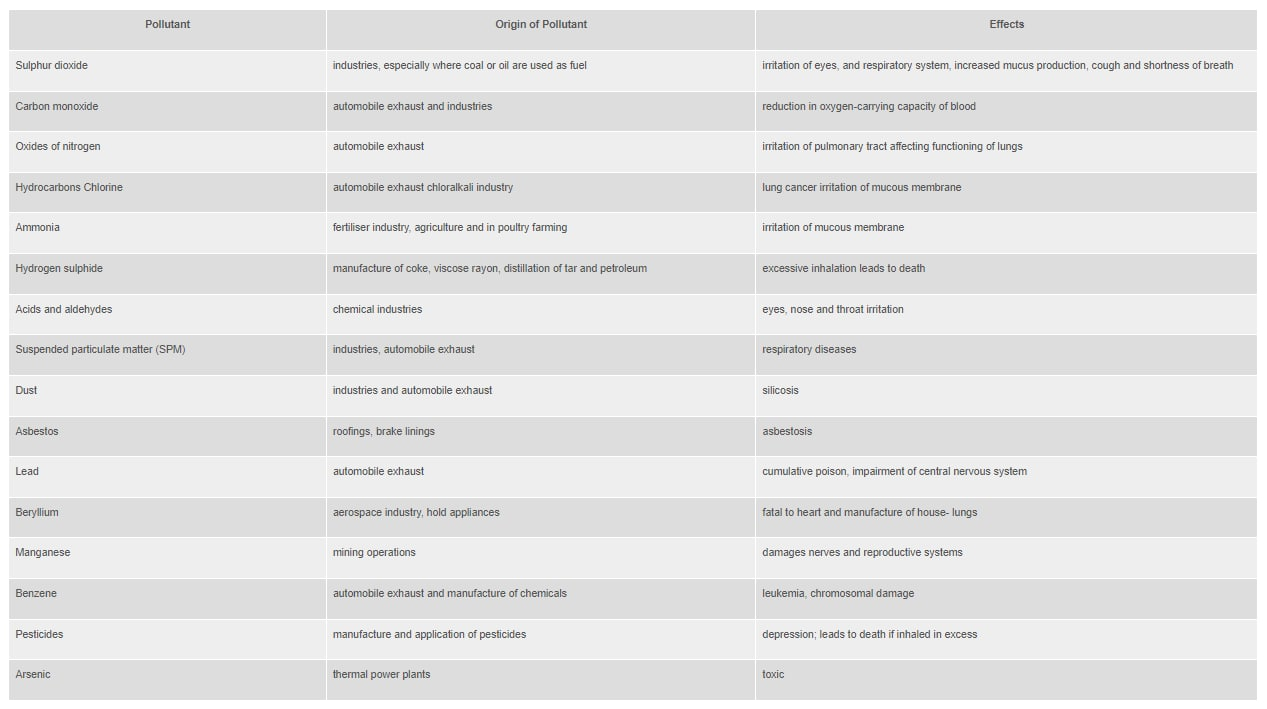Description

Copyright infringement is not intended
Context: The United Nations Health agency stated that nearly everybody in the world breathes polluted air.
Details
- The World Health Organisation stated that Nearly 99 % of people in the world breathe polluted air containing too many pollutants.
- New data from the UN health agency stated that every part of the world is dealing with air pollution, and the problem is much worse in poorer countries.
- 4 years ago in 2018, in its last report, WHO had found that over 90% of the global population was affected, but this is increased to 99%.
Key points of the Report
- The report suggested that the world needs more action to reduce the use of fossil fuel, which generates pollutants that cause respiratory- and blood-flow problems and lead to millions of preventable deaths each year.
- According to the report “Air quality is poorest in the Eastern Mediterranean and Southeast Asia regions, followed by Africa”.
- Pollution measurements commonly consider two types of particulate matter known as PM2.5 and PM10, but for the first time, it has included ground measurements of nitrogen dioxide.
- Nitrogen dioxide mainly originates from the burning of fuel.
- Its exposure could bring respiratory diseases such as asthma and symptoms such as coughing, wheezing and difficulty in breathing, and more hospital and emergency-room admissions.
- The highest concentrations of Nitrogen dioxide were found in the eastern Mediterranean region.
- Particulate Matter (PM) has numerous sources, such as transportation, power plants, agriculture, burning of waste and industry, and also natural sources such as desert dust.
- Particulate Matter (PM 2.5) is capable of penetrating deep into the lungs and entering the bloodstream, causing cardio stroke and respiratory problems.
- Particulate Matter also impacts other organs and causes other diseases as well.
- The report suggested that “we need to prioritise clean energy access for households that need it the most and take active measures to clean up our industrial sector”.
Air Pollution
- Air pollution is the presence of any unwanted solid, liquid, or gaseous substance in the atmosphere and in such concentration that tends to be injurious to human beings or other living Creatures, Plants, Property, environment, etc.
- Types of Air pollution:
- Indoor Air Pollution
- Outdoor Air Pollution
- Causes of Air Pollution:
- Vehicle Smoke
- Fossil fuel-based Power Plants
- Exhaust from Industrial Plants and Factories
- Construction and Agricultural activities
- Natural Causes
- Household activities
- Effects of Air Pollution:
- Respiratory and Heart Problems
- Global warming
- Acid rain
- Eutrophication
- Effect on Wildlife
- Depletion of the Ozone layer

Copyright infringement is not intended
Steps taken
- Niti Aayog has proposed a 15-point action plan titled 'Breath India' for combating air pollution in the ten most polluted cities in the country.
- Supreme Court banned the sale of Vehicles that are not compliant with Bharat Stage IV fuel.
- National Clean Air Programme for India released by Ministry of Environment;
- Develop an effective air quality monitoring network across the Country for ensuring a comprehensive and reliable database.
- Involve public participation in both planning and implementation of the programmes and policies of government on air pollution
- Green Skill Development Programme for Skilling about 7 Million youth in Environment, Forestry, Wildlife and Climate Change Sectors.
- The government is providing Subsidies on Crop residue management machinery.
- Pradhan Mantri Gram Sadak Yojana (PMGSY) encourages the use of ‘Green Technologies’ and non-conventional materials like waste plastic, cold mix, geo-textiles, fly ash, iron and copper slag etc on rural roads.
Way Forward
- The economic benefits of clean air are not limited to improved health and productivity.
- Clean air improves crop and timber yields, benefiting farmers and foresters.
- It also encourages tourism, recreation, and healthy living.
- We needed to develop a scientific understanding of what causes air pollution in each geographic area.
- We needed to develop local, regional, and national-level legislation to enforce clean air initiatives—and the technologies to help companies comply.
- We needed to monitor and adjust our approach because air pollution is a long-term challenge.
https://economictimes.indiatimes.com/news/international/world-news/nearly-entire-global-population-breathing-polluted-air-who/articleshow/90646420.cms?from=mdr












